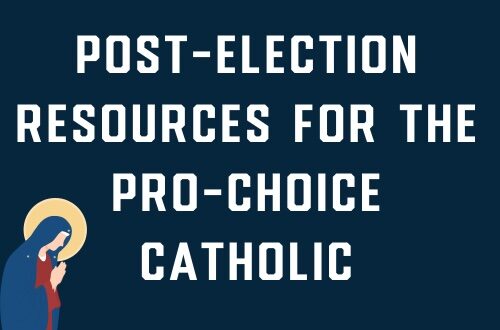World AIDS Day 2011: Keeping Perspective on What’s Really at Stake in the Battle against HIV and AIDS
This World AIDS Day is marked by some bright spots of hope. According to a recent report from UNAIDS, the epidemic has leveled off, with 2.7 million people becoming newly infected every year, and almost seven million people in treatment that helps them live longer, healthier lives. The picture was very different 20 years ago, when the rate of new infections was steadily rising and many affected individuals went without treatment.
Yet there is one area where there has been too little progress: the Catholic hierarchy’s official stance on condoms. Even after Pope Benedict’s guarded approval of condoms in certain circumstances last year, many within the hierarchy are entrenched in their opposition to this key weapon against the transmission of HIV.
Jon O’Brien, president of Catholics for Choice, said, “Three decades into the fight against the AIDS epidemic, we still can’t count on the hierarchy using its influence to join wholeheartedly in the campaign to prevent the spread of HIV. By creating unnecessary confusion around the use of condoms, the bishops continually take the focus away from this global health crisis while keeping this essential prevention tool out of the hands of those vulnerable to HIV infection.
“This type of thinking—putting ideological concerns ahead of the greater good—also characterizes many of the bishops’ recent activities in the US public sphere. With their new Ad Hoc Committee on Religious Liberty, the United States Conference of Catholic Bishops (USCCB) is waging a war in the name of religious freedom that will not serve Catholics, religious freedom or the American public well. The aim of the committee appears to be to allow the USCCB to follow special rules for the type of healthcare services they provide in exchange for taxpayer money. For example, they want to continue their practice of not offering condoms as part of federally funded HIV outreach programs. Since polls show that 65 percent of American Catholic voters believe that hospitals and clinics that take taxpayer dollars should not be allowed to refuse to provide medical procedures or medications based on religious beliefs, this scenario does not sit well with most Catholics.
“We can see a parallel with the hierarchy’s convincing the Bush administration to decouple family planning from prevention methods in the battle for PEPFAR funding. Keeping family planning inaccessible for aid recipients can be the difference between a woman contracting the virus and passing it to her child, and that woman protecting herself and her family. The bishops’ short-sighted insistence upon abstinence-only programs that have been proven ineffective diminishes the good work that Catholic organizations do in this ongoing battle.
“Now we see shades of the same perspective in the USCCB’s attempts to pressure the Obama administration by calling the implementation of the Affordable Care Act’s contraceptive coverage “an unprecedented attack on religious liberty.” What is actually at stake is the freedom of conscience of those individuals—both Catholic and non-Catholic—whose family planning coverage is threatened by the USCCB’s campaign for an expansive refusal clause.
“Catholics have long rejected the bishops’ stance on birth control—98 percent of Catholic women have used a form of birth control banned by the Vatican. Moreover, a 2008 poll found that 70 percent of Catholics believe that the bishops’ views are unimportant in their voting decisions. If US Catholics, by and large, don’t agree with their bishops, then Obama should not look to them for an accurate presentation of American Catholics’ opinions related to healthcare, including using family planning and condoms to help prevent the spread of HIV. Pressing social issues like HIV and AIDS deserve compassion, commitment and focus across the board, and a greater investment from the hierarchy would be most welcome.”
Read more about faith-based organizations and HIV/AIDS prevention in Seeing is Believing.
-###-




